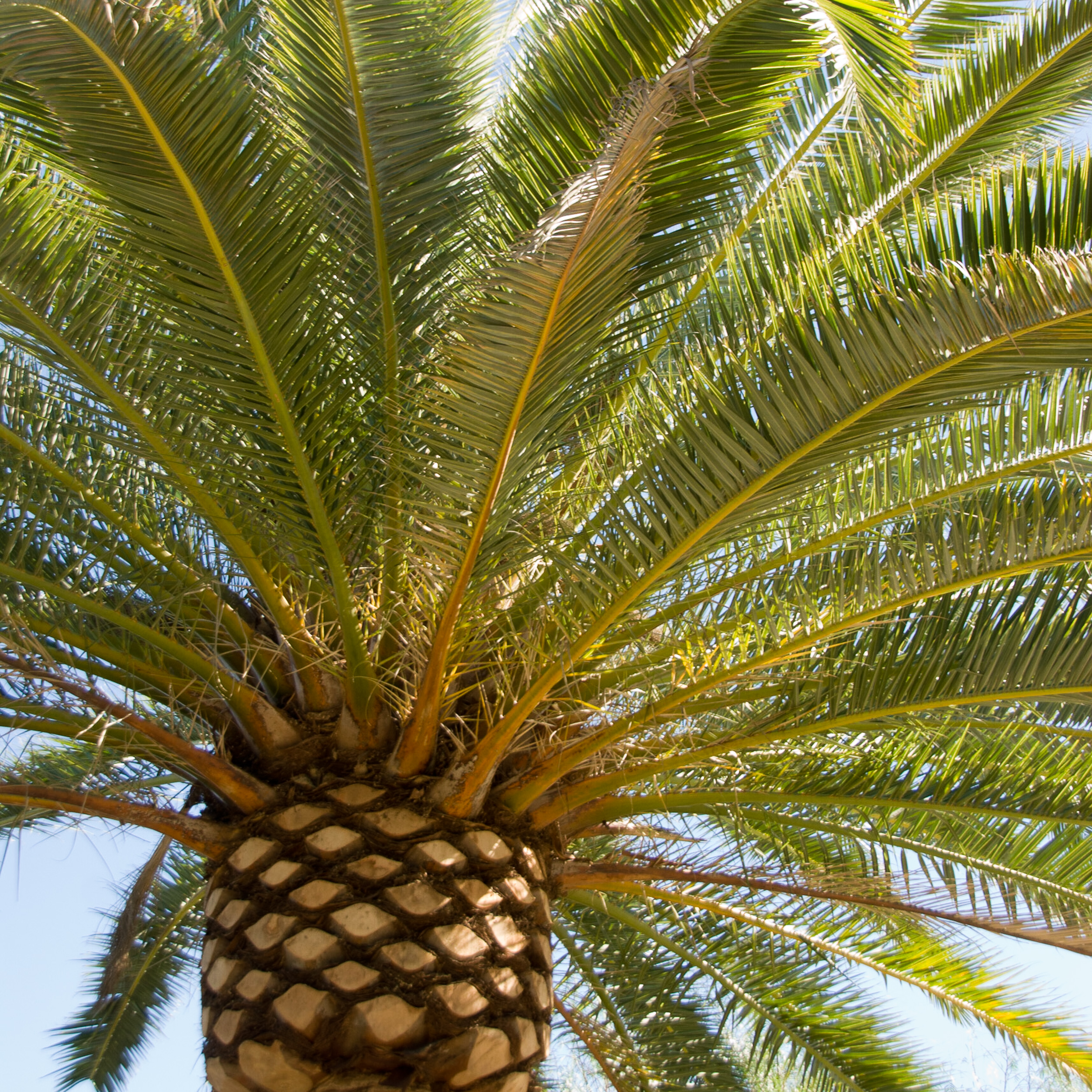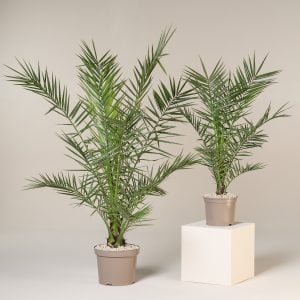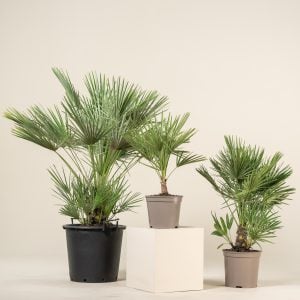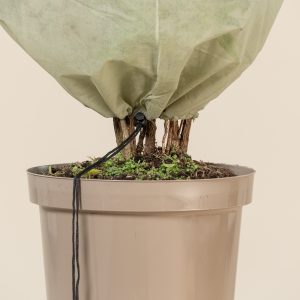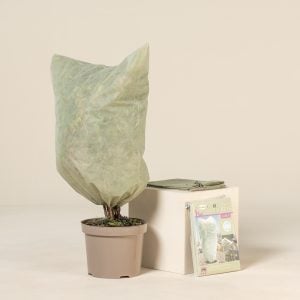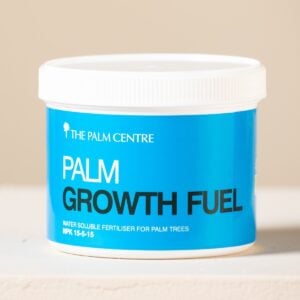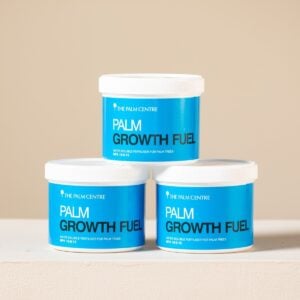When it comes to cold damaged palms, the old adage is true: prevention is better than cure! If at all possible, protect palms from freezing temperatures in the first place with horticultural fleece. That said, if you have a palm that has suffered with cold damage, keep reading to find out what you can do to give it the best chance of recovery and survival…
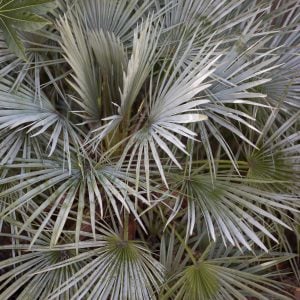
Recognising Damage
Following a cold snap you can sometimes see discolouration on the leaves of the palm, but in other instances the damage can sometimes take a long time to reveal itself. Your palm may look perfectly healthy for many weeks, or even months, before the damage is apparent. During this time, keep a close eye on the emerging spears (see below) of the palm.
Quite often cold damage will only show once the palm begins growing again in the spring. Monitor the movement of the new spears and be alert for a change in colour, texture etc. as this can often be the first sign of damage.
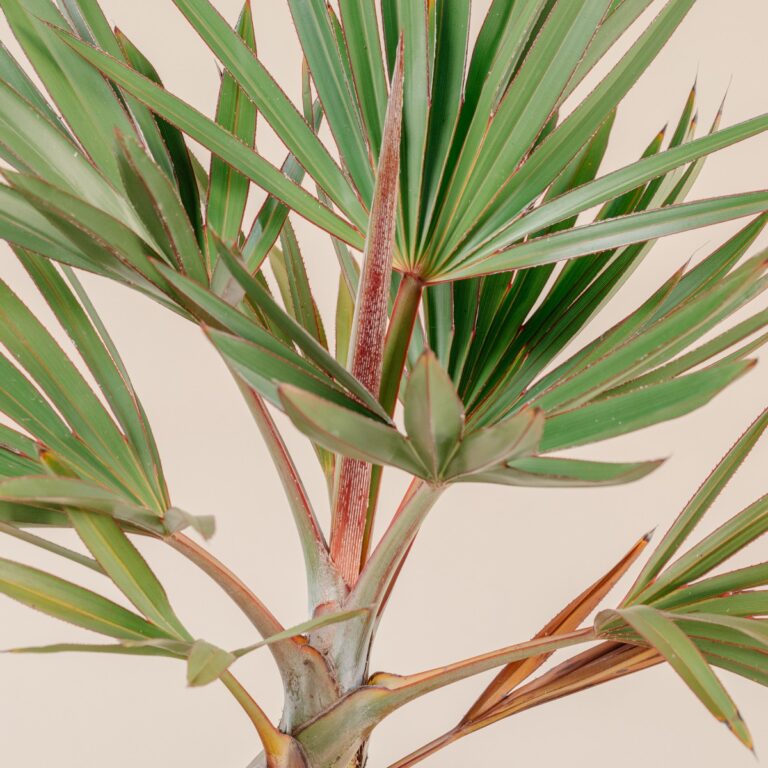
What is a spear?
As mentioned above, the emerging leaves on a palm are often referred to as ‘spears’. All palms produce new growth from the centre of the crown, where new leaves emerge vertically and expand as they mature.
Some palms (e.g. Chamaedorea) produce one leaf at a time and will only ever have one spear emerging at any given time, whereas others (e.g. Brahea) will have multiple leaves emerging simultaneously and it is therefore possible to see spears at different stages of development at the same time.
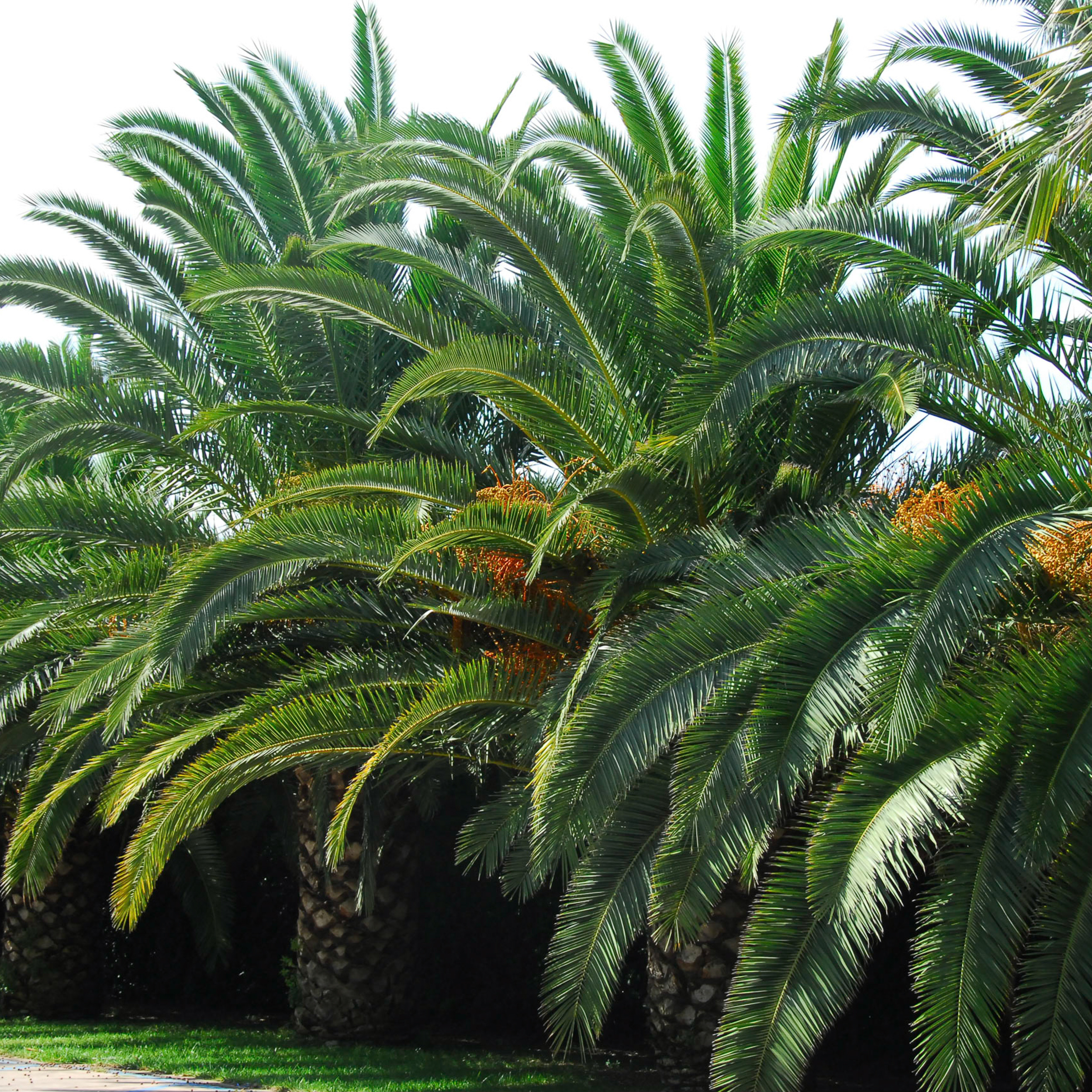
Why are spears important?
Unlike many other plants, palms (with just a couple of exceptions) only have a single growing point in each stem, so if this is damaged beyond repair, the plant will die. New leaves (spears) are produced from this point so as the palm matures, this bud moves further up the stem. That is why it is so important to pay particular attention to the emerging spears after a palm has experienced a cold event.
The reason cold damage can sometimes take time to become apparent in the spring is that the palm will only start to regrow when temperatures warm up. If a palm suffers damage to the growing point, it can quickly recover if temperatures are warm, but in cold weather the damage lingers which leads to rotting tissue. This is what leads to a phenomenon known as spear-pull.
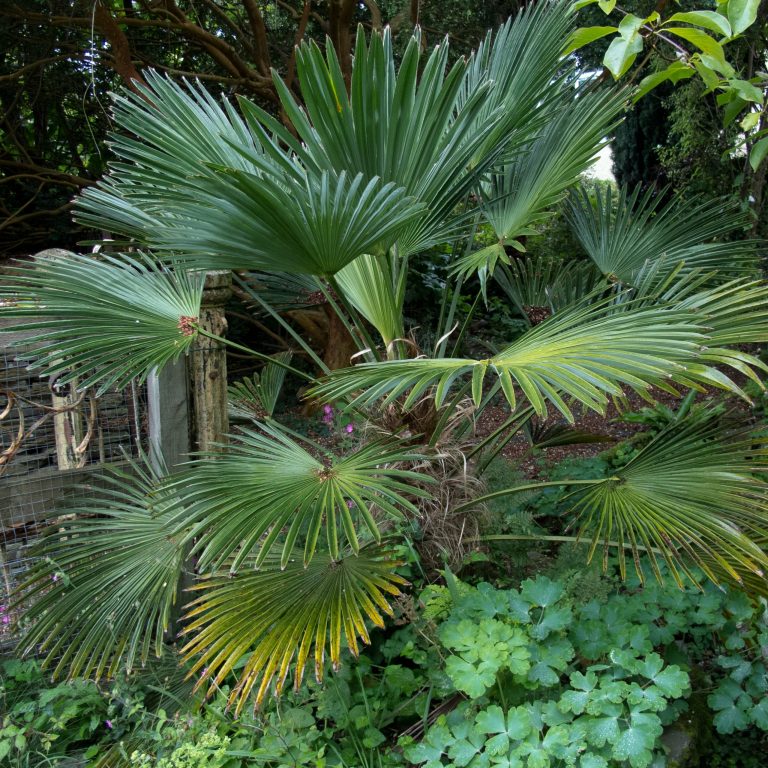
What is spear-pull?
This may sound scary, but one of the best ways to check for cold damage in the spring is to give the most central spear a hard tug. Don’t be afraid of damaging the plant – a healthy plant will be able to withstand this without any problem.
However, if rot has set in around the growing point, a hard tug of the spear can often lead to the whole spear coming out in your hand. Although this sounds horrifying, do not despair just yet… there is still a strong likelihood that your palm can recover.
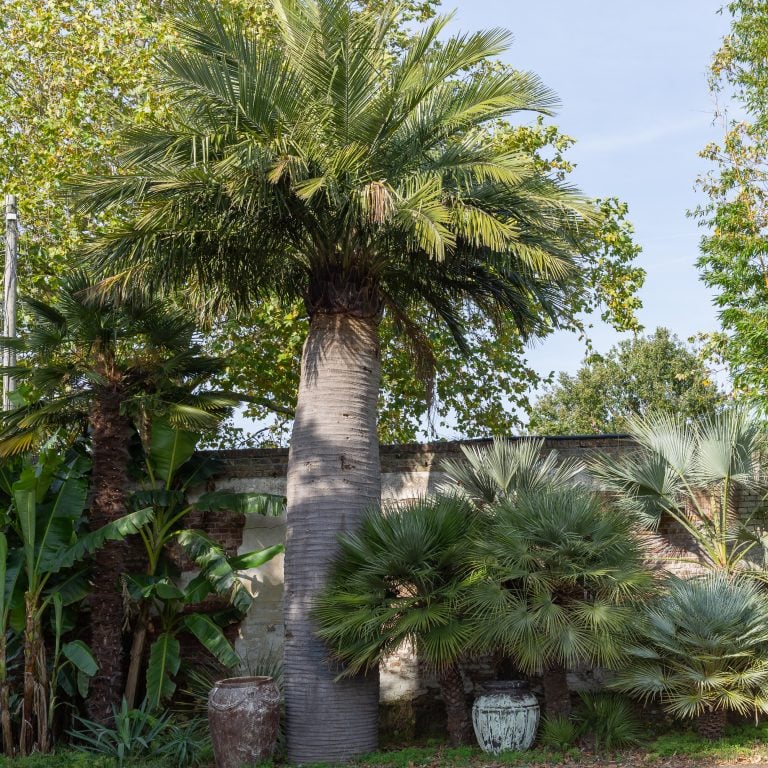
What should I do if my palm spear-pulls?
If your palm does spear-pull, it leaves you with a scary (and sometimes smelly) looking hole in the centre of the crown. As mentioned above, spear-pull is caused by rot so with no spear to protect the growing point, the palm is particularly vulnerable.
Firstly, it’s important that you cover the palm to ensure that rain doesn’t find its way into the hole. How you do this depends on the size of the palm, but ensure that whatever cover you use allows light through. If possible, a mini-greenhouse is ideal as this will not only keep the rain off, but will also increase the temperature around the palm which encourages faster growth.
Secondly, it’s important that you treat the rot in the growing point with Hydrogen Peroxide. See below on how we’ve successfully done this.
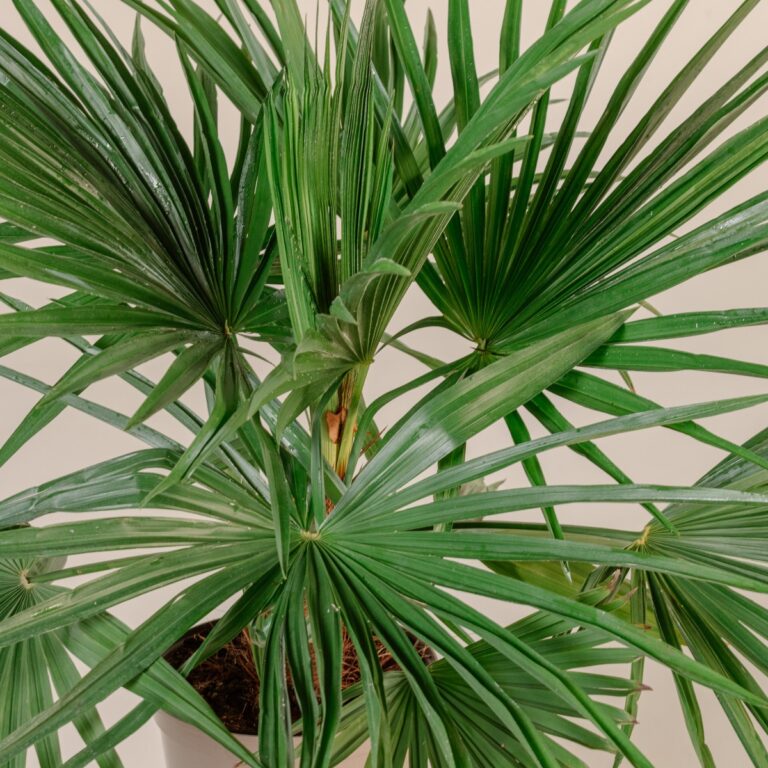
How To Use Hydrogen Peroxide
Hydrogen Peroxide will dissolve any rotting plant tissue without affecting the healthy parts. You can use either 3% or 6% Hydrogen Peroxide available from most pharmacies or online. It should be applied between 10-30ml at a time, depending on the size of the palm. Be sure to use gloves when handling as it can burn skin. Use a pipette or pour directly from the bottle, straight into the hole where the spear pulled from. If there is rot you will be able to see (and sometimes hear) it fizz. This is a good sign as it means it is dissolving the rotting matter.
Continue to do this every other day until the rot has been eliminated (i.e. when you no longer see/hear it fizzing). This can take between 1-3 weeks and then the waiting game begins…
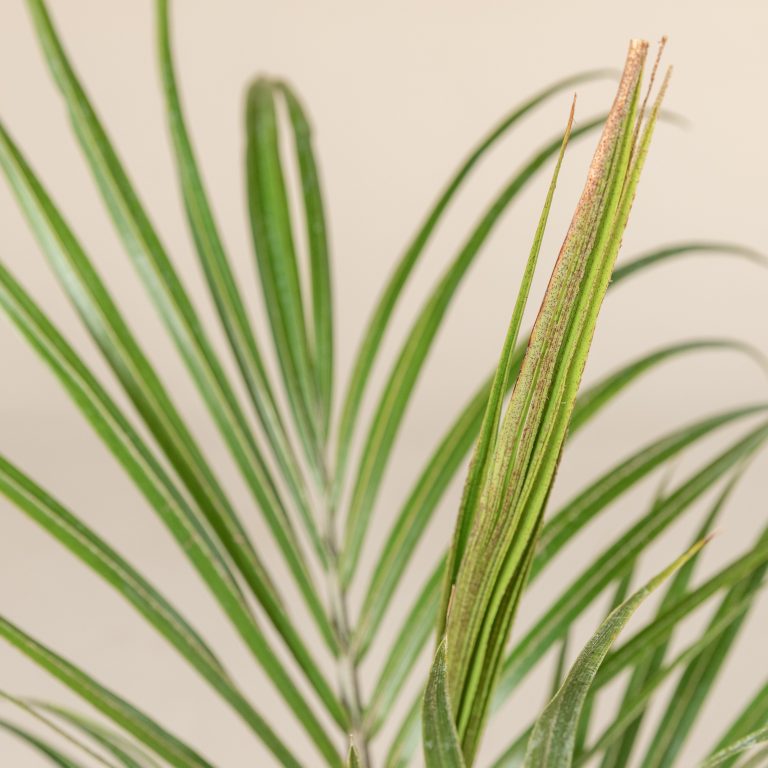
Patience and Care
Once the rot has been eliminated, you need to give the palm the best chance to outgrow the damage. Ensure that it is well-protected until the risk of frost has passed, cover it as described above, and start to feed as soon as the daytime temperatures go above 15°C. You may not see any new growth for several months, depending on how bad the damage was internally.
If you haven’t seen any new growth by the end of the growing season then it’s possible the growing point of the plant was killed and it will not regenerate, however we have heard of rare occasions when it took over a year for new growth to appear so don’t give up hope.
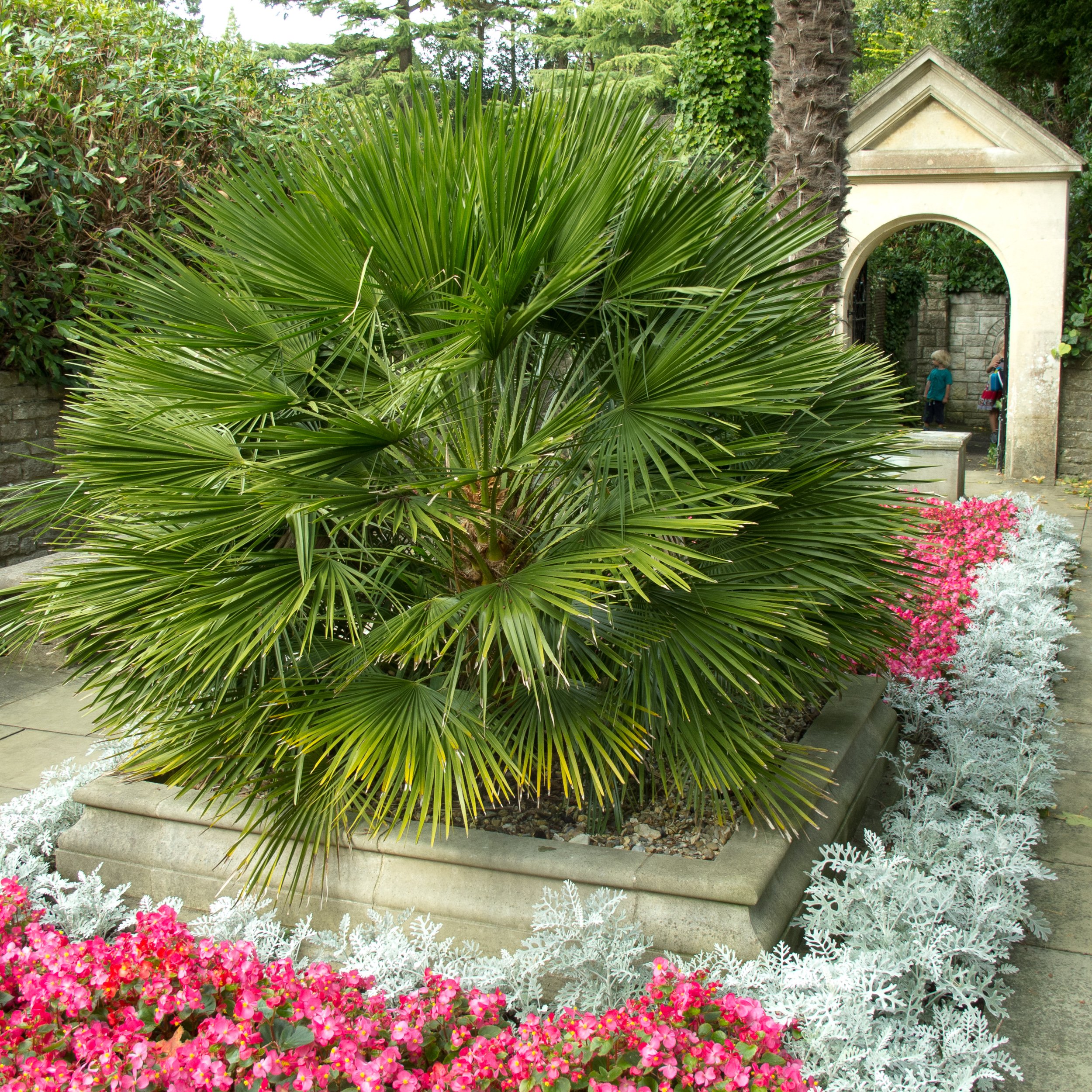
Conclusion
Although cold-damage can hinder a palm, it doesn’t have to be fatal. Don’t leave damaged spears in place as this means the rot is trapped. Follow the steps described above to give your palm the best chance of survival.
We’ve seen this method work successfully countless times. Good luck!
